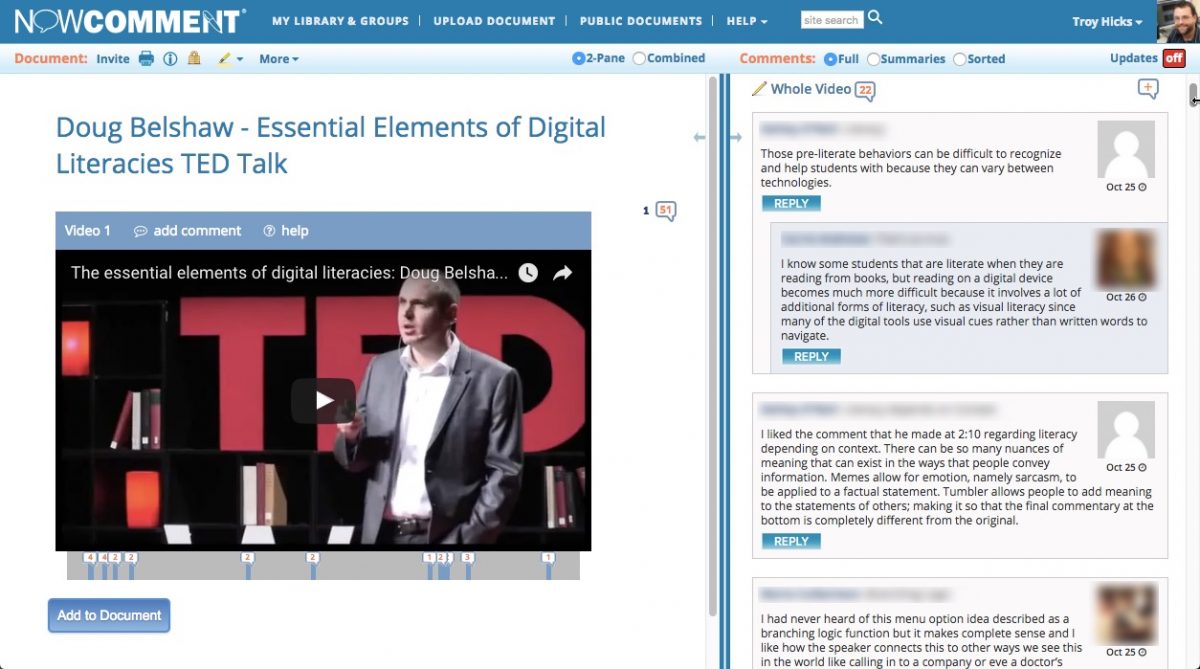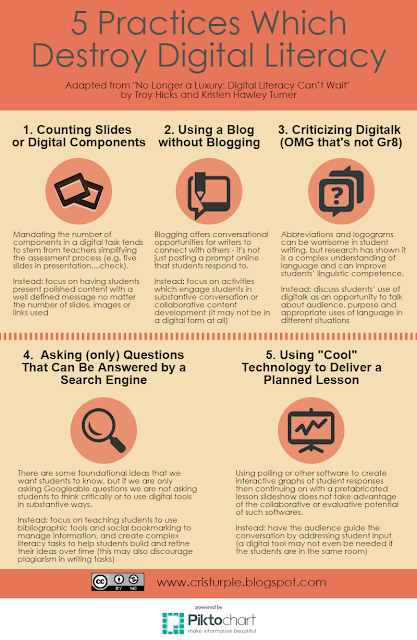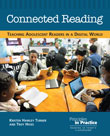
So, I know I’m a little bit late to the web, image, and video annotation phenomenon that’s taken place over the last few years. I’ve talked a little bit about it in some of the pieces that I’ve written on Connected Reading, but I haven’t really been an avid user simply because it couldn’t quite figure out ways to integrate it fully into the courses I was teaching. This fall, however, I jumped in feet first and the particular tool that I have chosen to invest my (and my students’) time in is NowComment.
I was made aware of the impending changes to NowComment’s text-only to image and video annotation features earlier this year when Dan Doernberg was featured on the Teachers Teaching Teachers weekly webcast (below). I very much appreciate – especially this week – Dan’s mission as founder of Fairness.com:
“Beginning with the 2008 Election, our focus shifted to improving some of the fundamental “cultural infrastructure” that makes it far too easy for the powerful to take advantage of the less powerful. NowComment®, a software tool that facilitates in-depth, intellectually honest discussion of complex documents, is the first of several such projects.”
As a teacher of writing and educational technology, I have been quite impressed with the features that NowComment offers. In addition to a user-friendly interface, NowComment’s ability for me to look back through threaded discussions and to sort my students comments individually has been immeasurably helpful. As I think about designing the discussion task, looking for ways to optimize student learning, I know that I will be able to do this kind of advanced sorting when I prepare to evaluate their participation.
And, for me, this is the crux of online (or face-to-face) commenting/annotation. We want to invite and encourage conversation, not just comments. I have shared with my masters students (mostly teachers and professional educators in other fields) a few additional resources to help them move the conversations forward, and this is what I am playing with more and more each week. For instance:
- In forming their initial response to the readings/viewings for the week, I am asking the teachers to use Terry Heick’s “19 Reading Response Questions For Self-Guided Response.”
- As they engage with others, I ask them to consider the National School Reform Faculty’s “Probing Questions” protocol as they push their classmates’ thinking.
- Finally, as they reflect each week, I am asking them to pull specific examples from the conversation on NowComment into their discussion board postings (in Blackboard).
And this is just the start of my thinking.
I’m sure that there are other all even more robust ways that I can blend thoughtful pedagogical approaches to discussion with the numerous tools that NowComment offers. I’ve shared this tool with a few other faculty members, and I’m thinking about ways that I can integrate it more fully into future courses and professional development that I offer. I wonder:
- How else are we thoughtfully connecting the teaching moves of conversation with technologies for annotation?
- In what ways we help our students use these tools to “listen,” and not just annotate, deeply and empathetically?
- How can the conversations that happen around documents then transfer into deeper, more substantial learning through additional writing and reflection?
These are the questions that continue to drive me forward as I watch my students post, probe, and reflects using NowComment this semester.










